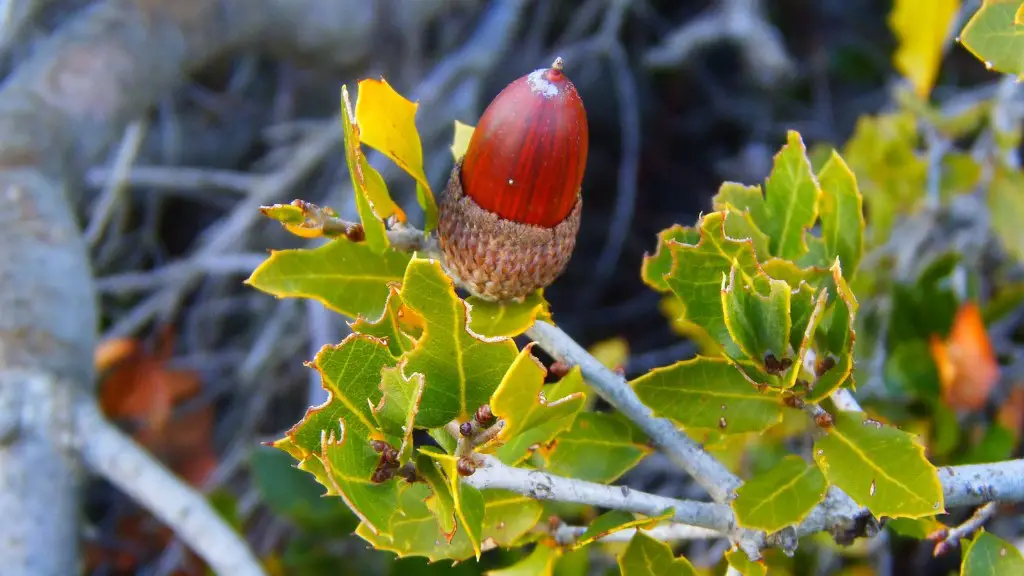Introduction
It is undisputed that the avocado tree is one of the more popular and recognisable fruit-bearing trees found in backyard gardens and commercial planting areas, especially here in the United States. People love the taste of the creamy, nutty-flavoured pulp and the multitude of health benefits ascribed to avocados. But can a single avocado tree produce fruit?
Scientific evidence
The answer is yes. It has been discovered that a single avocado tree can produce a crop, although successful pollination and fruit set may be hard to achieve. Avocado trees produce flowers that contain both and both male and female organs. However, they do not self-pollinate, meaning that they need assistance from either the wind or insects such as bees, in order to be pollinated, so as to result in an avocado hanging from the tree.
In order for an avocado tree to bear fruit, it requires both a “A” type flower (which contain only male organs) and a “B” type flower (which contain only female organs) to be present at the same time. Even if both types of flowers are present on the one tree, there is no guarantee that cross-pollination will be successful. The flowers may set, but the fruit will often become exposed to heat and infection, resulting in a aborted crop. The size of the crop may also be smaller than would be achieved from a cloned tree, since each is genetically different and could vary in fertility levels.
What conditions are conducive to fruit-set?
Certain conditions must be taken into account in order to maximise the chances of successful pollination and a full crop development. These include optimal light and fertility levels, protection from extreme temperatures, the presence of helpful pollinators, and possibly the production of regular cross-pollinators in close proximity to the single avocado tree.
Light is important for avocado trees in order to generate flowers. If the tree is planted in shade, there is a likelihood of less or no flowering, or even of primary or secondary branches dying or becoming non-productive as as a result of shade stress. Optimal light levels should be provided to the avocado tree in order to facilitate its reproductive development.
Nutritional deficiency can also reduce flowering and fruit set, so the tree should be offered regular supplementation with trace elements and the addition of necessary macronutrients in the form of well-balanced fertilizer. Soil pH levels should also be regularly monitored to ensure that adequate nutrients are absorbed.
The temperature of the area in which the avocado tree is growing is another important factor as avocado fruit are prone to sunburn. In areas where temperatures can be extreme, shade-providing nets should be used to protect the fruit.
It should also be noted that in northern areas of the United States and in colder climates, young avocado trees may suffer from winter damage due to frost. In this case, the tree should be shielded and protected during the cold weather months in order with a suitable covering material or irrigation system.
Pollinators
The presence and activity of pollinators, particularly bees, can also have a significant effect on the cropping outcome of a single avocado tree. Bees are both attracted to, and essential for, cross pollination and can successfully promote fruit set and growth on a single avocado tree. If a bee colonies is not available in the immediate location, then it may be necessary to introduce other pollinator insects, such as blue orchard bees or bumblebees, in order to help with the pollination process.
Alternatively, a third type of flower – the “C” type flower – can be identified and crossed with an “A” type flower, resulting in the production of a bigger, more consistent crop.
Foliar applications
Foliar applications (pesticide sprays and/or nutrient sprays) are also beneficial for encouraging fruit production, as pest and disease pressure can easily be overcome with the use of these sprays. Furthermore, the sprays can be applied on a regular basis, in order to ensure the health of the tree and its reproductive performance.
In addition, foliar sprays may contain appreciable amounts of various macronutrients and trace elements, which the tree requires for the formation of flowers and the subsequent growth of fruits.
Harvesting and maintenance
Once the fruits are developed, they should be harvested when they are ripe, usually in the mid to late summer months in the United States. The crop should also be regularly examined and thinned if needed, so as to allow a larger proportion of the harvested fruits to attain the desired size.
The maintenance of the avocado tree should also be kept up, with regular pruning and irrigation required in order to promote good fruit set and quality of crop.
Conclusion
It can be concluded that a single avocado tree can produce fruit, although this may not be an easy feat. But with the right conditions, such as optimal light levels, nutrient-rich soil, protection from extreme temperatures, and the presence of helpful pollinators, it is possible to achieve an avocado crop from even a single tree.
